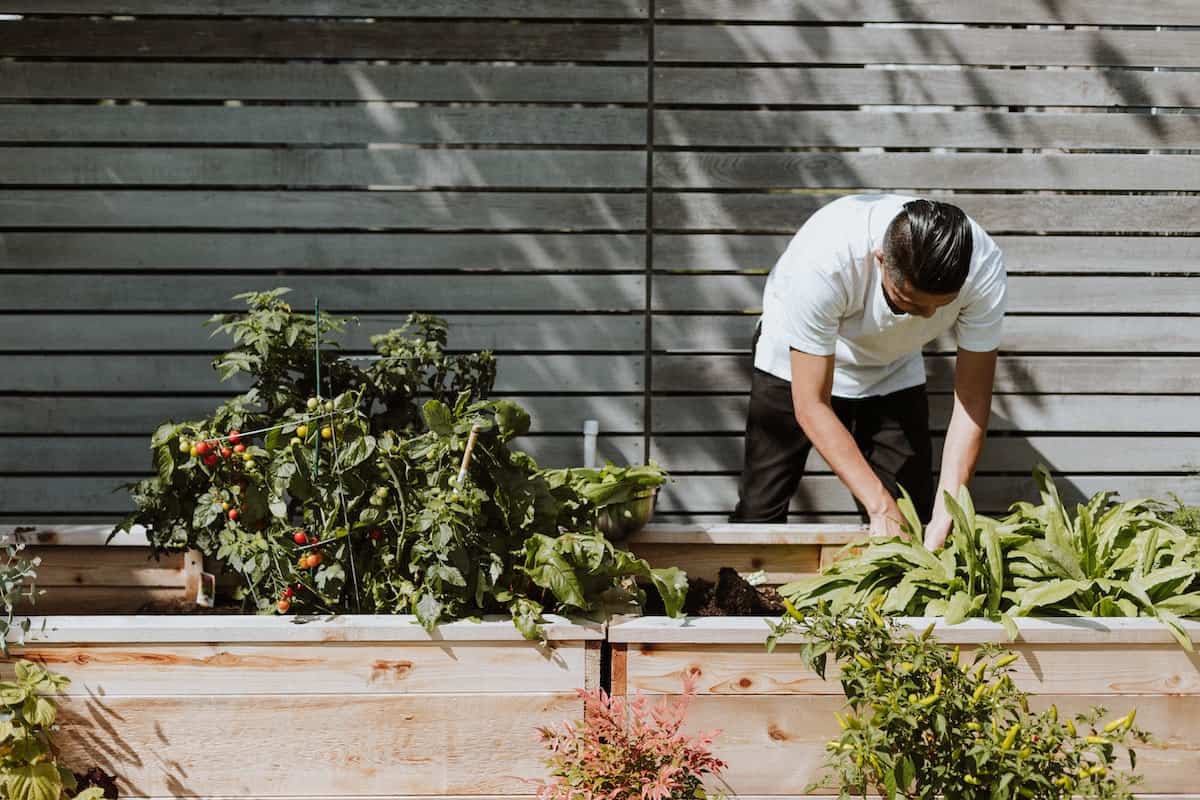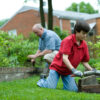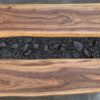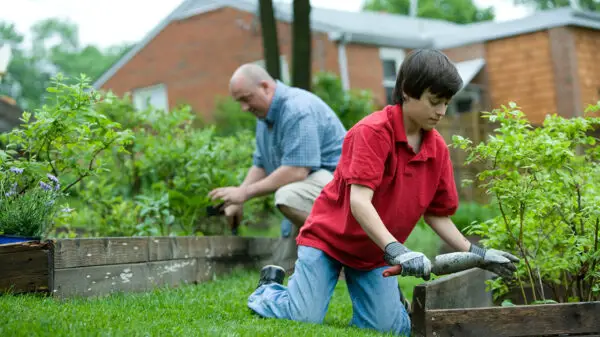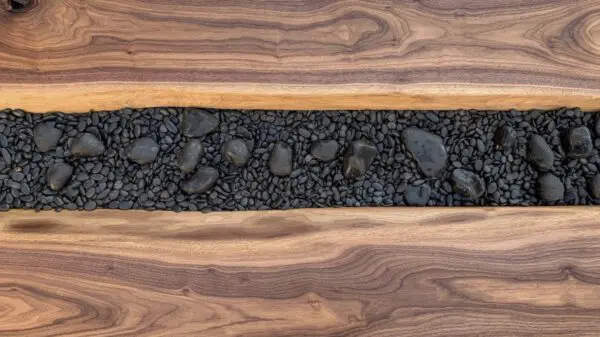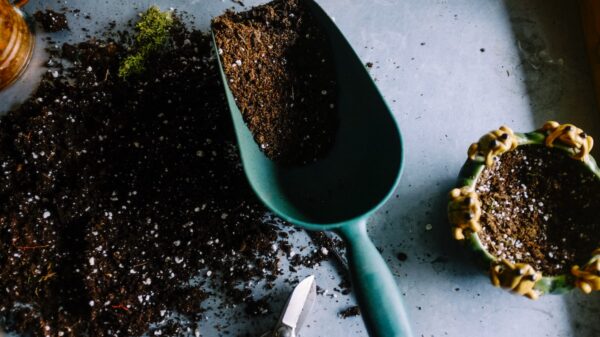Planning an Ideal Vegetable Garden Layout
While it is convenient to go to the grocery store for your produce, there is something special about harvesting your own fruits and vegetables. If you are new to gardening, the process of planning a vegetable garden can be daunting.
However, with a little help, a vegetable garden is a great way to get fresh, nutritious produce right in your backyard. Not only that, but a vegetable garden can also be a great way to save money on groceries.
If you’re thinking about starting a vegetable garden this year, here are 7 tips for planning your vegetable garden layout:
- Start small: A large garden can be overwhelming, so it’s best to start small. You can always expand your garden as you get more experience.
- Choose the right location: Make sure to choose a location that gets plenty of sunlight and has well-drained soil.
- Decide what vegetables you want to grow and how much space you will need for each plant. (Also which ones you will actually eat!)
- Draw it out: Once you have a plan, it’s helpful to draw a map of your garden. This will help you keep track of where everything is planted.
- Research the vegetables you want to plant: Some vegetables are easier to grow than others. Make sure to do your research so you can choose plants that will be successful in your garden.
- Take into consideration how high the vegetables will grow: Some vegetables, like tomatoes, can get quite tall. Make sure to leave enough space between plants so they have room to grow.
- Don’t forget the extras: In addition to plants, your garden will need a water source and some kind of fencing or trellis for climbing plants/protection from animals.
1. Starting Small
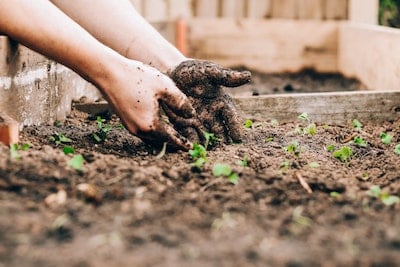 One of the most important tips for planning your vegetable garden layout is to start small.
One of the most important tips for planning your vegetable garden layout is to start small.
It can be tempting to want to grow a huge garden, but it’s best to start small and expand as you get more experience.
This will help you avoid being overwhelmed by the process. It is also better to start with just 2-3 different vegetables so you can learn how to best take care of them.
Starting small also gives you an idea of how much you will consume and how fast. The last thing you want is to end up with a surplus of vegetables that you can’t eat and end up wasting.
2. The Right Location
Of course, one of the next important tips is location. It is important to find a spot that gets plenty of sunlight and has well-drained soil. If you have a lot of shade in your yard, you may want to consider growing vegetables that don’t require as much sunlight such as lettuce or kale.
You will also want to consider the ground condition. If your soil is very rocky, it may be difficult to grow certain vegetables. It is also important to make sure the location you choose is close to a water source. Once you have your garden set up, you will need to water it regularly, so it’s important to have a hose or watering can nearby.
3. What Vegetables to Grow
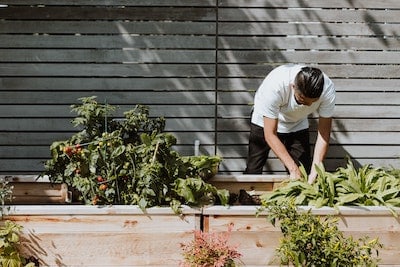 Now that you have an idea of the location and size of your garden, it’s time to decide what vegetables you want to grow. This will help you determine how much space each plant will need.
Now that you have an idea of the location and size of your garden, it’s time to decide what vegetables you want to grow. This will help you determine how much space each plant will need.
Some vegetables are easier to grow than others, so if you’re new to gardening, it’s important to do your research.
Tomatoes, for example, are a popular choice for beginner gardeners, but they require quite a bit of space.
If you’re limited on space, you may want to consider growing vegetables that don’t take up as much room such as carrots or radishes.
Also, some vegetables grow really well alongside specific other vegetables and like the same soil and watering conditions.
4. Map It Out
Once you have an idea of the location, size, and vegetables you want to grow, it’s helpful to draw out a map of your garden. This will help you keep track of where everything is planted and make sure you’re using your space efficiently.
You can use a simple piece of paper and pencil to sketch out your garden, or there are even online tools that can help you plan it out. This is especially helpful if you have a larger garden.
5. Think About Space
It’s easy to plan and envision the ground layout of your garden but don’t forget to consider height as well. Think about any restrictions above your garden or views you don’t want to be blocked.
Some vegetables can grow quite tall, such as tomatoes or beans. If you’re limited on space, there are still plenty of options for shorter vegetables such as lettuce or radishes. In addition to height, make sure you have plenty of space in between your vegetables so they aren’t fighting for water or sunlight.
6. The “Extras”
Once you have your garden planned out, there are a few more things you will need to get started.
- First, you will need a water source. If you’re close to a hose or water spigot, that will make watering much easier. If not, you may want to consider getting a watering can.
- Second, you will need a range of gardening tools. This can be anything from a small trowel to larger tools like a spade or hoe.
- Also, you may want to consider getting a raised garden bed or planter boxes. This is especially helpful if you have poor soil conditions or want to avoid pests.
- Lastly, you will want to take any precautions against pests or animals. This can be anything from fencing in your garden to using netting or straw around your plants.
Now that you have all the basics, you’re ready to get started on your vegetable garden! Before you go, we are going to share a few more tips and tricks for planning the best vegetable garden!
The Best Vegetables To Grow For Beginners
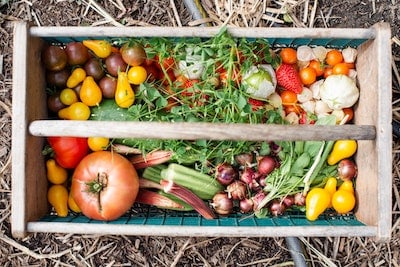 If you’re new to gardening, it’s important to start with vegetables that are easy to grow. Some of the best vegetables for beginners include:
If you’re new to gardening, it’s important to start with vegetables that are easy to grow. Some of the best vegetables for beginners include:
- tomatoes
- peppers
- lettuce
- carrots
- radishes
- beans
Of course, there are plenty of other options, but these are a few of the easiest vegetables to grow.
Planning A Beautiful Vegetable Garden Layout
Of course, a vegetable garden is intended for practical reasons but there is nothing wrong with considering how it will look aesthetically too! Here are a few tips for making your vegetable garden look as good as it functions:
- Create paths or walkways in between your plants. This will not only make it easier to get around but also add some visual interest.
- Plant taller vegetables in the back and shorter vegetables in the front. This will help create a layered look.
- Add some colorful flowers! This will not only make your garden look pretty but can also attract pollinators.
- Consider using different types of containers or raised beds. This can add some contrast and visual interest to your garden.
- Build your own trellis out of stained wood or painted metal. This is a great way to add some personality to your garden and give climbing plants somewhere to grow.
These are just a few ideas to help you get started. Feel free to browse ideas online and get creative!
Final Thoughts
Planning and growing your own vegetable garden is very rewarding and well worth the effort! We hope these tips have been helpful and you’re feeling inspired to get started. Just remember to plan ahead, do your research, and work hard.
Now that you know how to plan your vegetable garden layout, you will soon be reaping the rewards of your hard work. Thanks for reading, happy gardening!
Related Questions
How Much Sunlight Does My Garden Need?
Most vegetables need at least six hours of sunlight a day to grow properly. However, there are a few vegetables that can tolerate partial shade. These include lettuce, spinach, and swiss chard.
When to Plant A Vegetable Garden?
The best time to plant your vegetable garden will depend on what type of climate you live in. If you live in an area with a long growing season, you can start planting as early as February or March.
However, if you live in a colder climate, you may need to wait until May or June. It’s important to do your research and find out when the last frost date is in your area. This will help you determine when it’s safe to plant your vegetables.
What Type of Soil Do Vegetables Need?
Vegetables need well-drained, nutrient-rich soil to grow. If you’re not sure about the quality of your soil, you can have it tested by your local cooperative extension office. They will be able to tell you what nutrients your soil is lacking and how to improve it.
How Often Should I Water My Vegetables?
Water is essential for healthy plant growth. However, too much water can be just as harmful as not enough. It’s important to water your vegetables regularly but only when the soil is dry. A general rule of thumb is to give your plants about an inch of water a week. However, this will vary depending on the type of vegetable, the climate, and the amount of rainfall.


